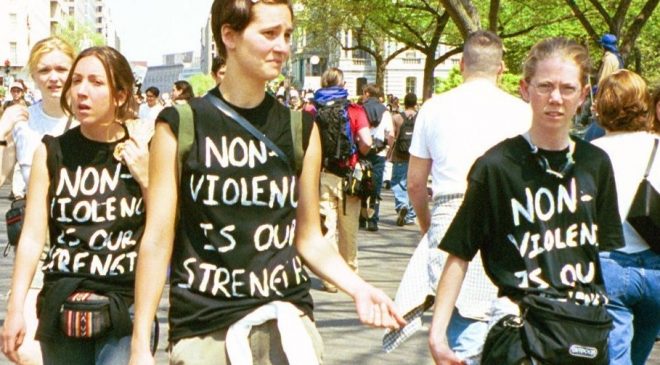Below are some conditions or situations when coercion may be justified. They are designed to be concise yet comprehensive. I have defined terms as clearly as I can, but they may still be open to interpretation and judgement. Think about them and see if you can improve upon them or develop your own!
Coercion is justifiable only to:
1) counter an initial attempt at coercion
2) counter activity that demonstrably causes harm to others and which cannot be countered by voluntary cooperation*.
2a) harm may be replaced with risk of harm.
2b) “harm to” may be replaced with “exploitation of”.
3) enforce compliance with the terms of a non-harmful and legitimate contract.
4) guide or foster development (by parents or guardians) of persons incapable of consent.
Definition of terms:
Coercion: the use of harmful aggression (or threat of such) to compel involuntary action or inaction.
Contract: a written and signed agreement entered into by two or more consenting parties.
Consent: voluntary acquiescence following reason and deliberation by a person who possesses sufficient mental capacity to make an intelligent decision.
Exploitation: Deriving benefit for some at involuntary cost or sacrifice to others. Involuntary includes unknowingly.
Harm: Tangible injury, loss, damage, or impairment to body or property. Significant or prolonged physical or psychological pain and suffering. Unwanted and uninvited invasion of privacy, body, or property. Infringement/restriction of rights and/or liberties.
*Footnote
When someone is harming others through actions that have no intent or purpose to dominate but are merely seeking to live as they wish (like choosing to live without getting vaccinations or engaging in activity that puts others at risk), then coercing them is to be sought only after some attempt at voluntary cooperation (i.e. compromise or incentives or offering alternatives).



